Let’s start by looking at foot traffic analytics from the customer’s journey.
You do a quick Google search for a restaurant nearby and rifle through numerous results. Your SERP offers a few suggestions. You find a nearby restaurant in your Google Maps. You open the site and click on the listed telephone number to make the reservation.
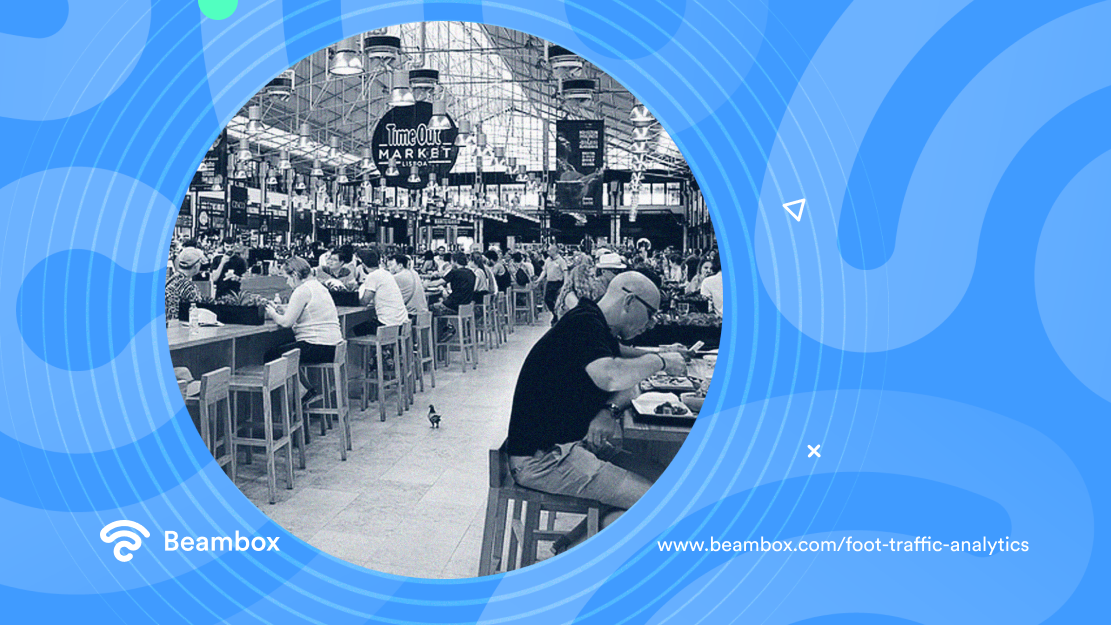
Then, you call your friends to meet them in the restaurant. You sent them the link to the restaurant’s Google My Business listing.
After 20 minutes, you went to the restaurant together. The receptionist notes your reservation, arrival time, and the number of people you are with.
You log in to their guest WiFi network and share pictures through your social media. You even tag the restaurant while doing so. Before calling it a day, you and your friends enjoy the evening for a few hours.
End of story.
What you may not be aware of is the operation of Google and foot traffic analytics in the background. Google tracks the number of visits to the advertised restaurant’s page, including the number of clicks to the telephone number.
The restaurant’s marketing team accesses this data and compares it with their foot traffic report. That process helps the team measure the effectiveness of their marketing campaigns. They can also optimize their retail store layouts and improve customer experience.
The process of collecting customer traffic data involves the use of sensors, cameras, and software. These technologies work together to track the movements of individuals as they enter and move through a physical space.
Strategically placed infrared and ultrasonic sensors detect people’s presence and record their movements. Cameras also capture images of people and assist with identifying individual customers. In addition, the staff tracks the number of walk-in inquiries, actual diners, and sales. The data collected is then analyzed using software algorithms to determine patterns in consumer behavior.
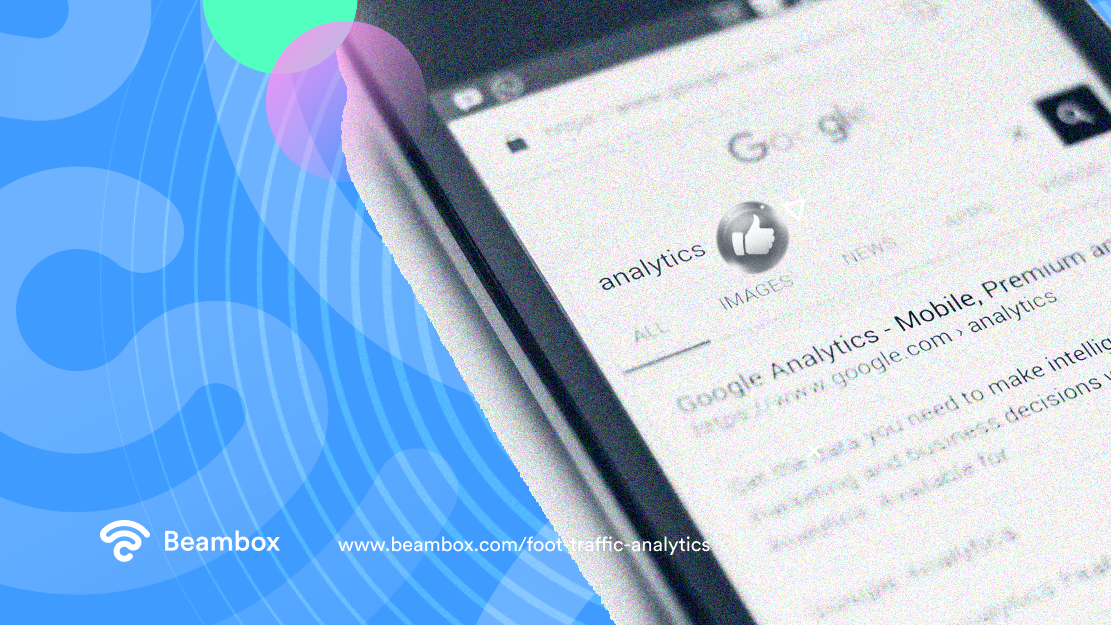
Foot traffic analytics can provide insights into consumer behavior. It includes the period of time customers stay in a store and the most popular areas of a store. It can even reveal the busiest time of the day.
Retailers can also use analytics to determine the effectiveness of marketing campaigns. They can see the number of customers visiting a store after a particular advertisement.
Foot traffic analysis also reveals crowd density and helps ensure safety in public places. Cases in point are busy public areas such as airports and sporting events. Analyzing foot traffic ensures that the space is not overcrowded. They can even implement an emergency evacuation plan if necessary.
Let’s look closely at how foot traffic data can help design a marketing campaign strategy.
As stated, customer traffic data is analyzed and used to gain insights into consumer behavior. It helps a business improve various aspects of its operation or organization. The process of collecting and analyzing foot traffic metrics involves the use of sensors, cameras, and software. The data collected is then processed using algorithms to determine patterns in consumer behavior.
Let’s discuss three areas of a business’ marketing plan where foot traffic analytics are critical:
- To optimize store layouts and product placement;
- To measure the effectiveness of a marketing campaign strategy and;
- To improve customer experience.
One of the primary uses of analytics is to optimize store layouts and product placement. By analyzing foot traffic data, businesses can determine high foot traffic areas, taking note of the following situations:
-
When an area is congested: When customer traffic data shows congestion, designers can rearrange the layout to reduce bottlenecks and improve the flow of customers.
-
Idle zones: A business owner can consider adding more displays or products. Also, they can select an area where customers spend a longer period of time to increase sales.
Foot traffic data can also optimize product placement. By analyzing the data, businesses can see which store areas are the busiest. They can now determine the best display, locations, product placement, and signage.
-
Relocating a display: When a particular product attracts a lot of attention, businesses can consider moving the display to a more prominent location. This action will enhance visibility and increase sales.
-
Measuring the impact: Measure the impact of the changes you make through traffic analytics for future decisions.
Businesses can continuously improve their store layouts and product placement with the above suggestions. This constant improvement will provide a better shopping experience for their customers and will show through increased sales.
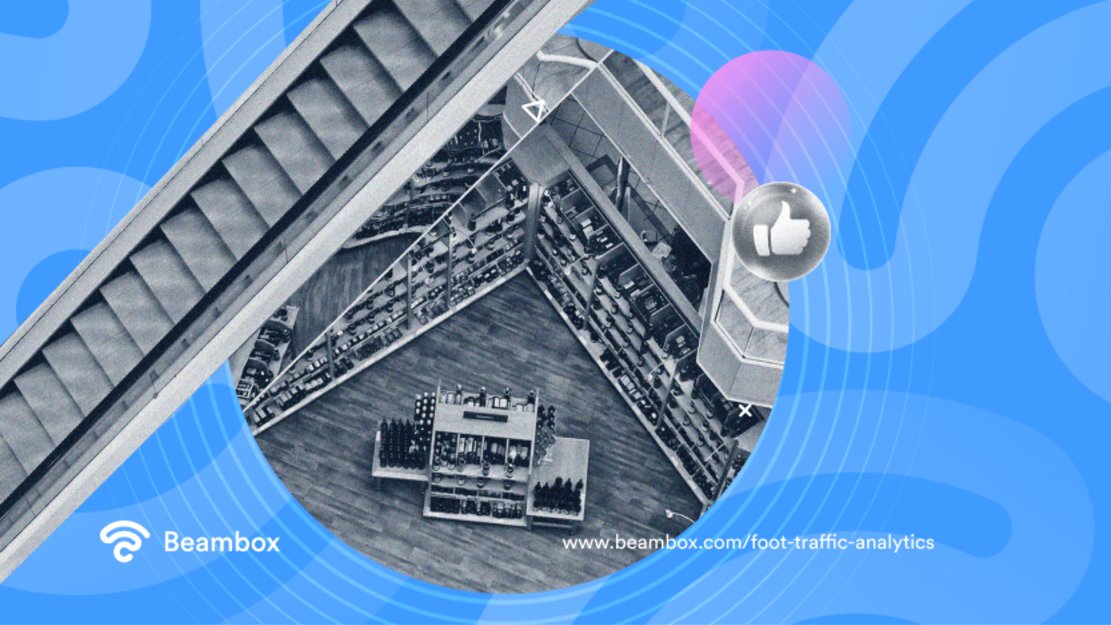
Foot traffic attribution refers to the process of attributing changes in customer traffic to specific marketing or advertising campaigns. Here’s how it works.
-
Foot traffic analytics tracks changes in foot traffic patterns. It can determine if a marketing campaign significantly impacted foot traffic. By analyzing the data, businesses can measure the impact of foot traffic.
-
Analytics measures the impact of digital marketing campaigns on guest traffic. These campaigns may include online advertisements. Businesses can determine if their digital marketing efforts drive customers to their physical locations.
For example, foot traffic data may show an increase in guest traffic after a business launches an online advertising campaign. It indicates that the campaign successfully drove customers to the store.
- Analysis of foot traffic compares patterns with sales data. Businesses determine if increased customer traffic results in increased sales by comparing foot traffic and sales data.
For example, foot traffic data may show an increase in guest traffic. But what if sales data does not show a corresponding increase? It indicates that the marketing campaign was not effective in driving sales.
Strategically located foot traffic counters can improve customer experience by providing valuable insights into customer behavior and shopping patterns. The data collected using traffic counters aids analytics activities to improve customer experience.
Here’s how to use foot traffic counters.
-
Customer traffic data may show that certain areas of the store are congested. Businesses can use this information to make changes to the store layout and reduce bottlenecks. It can improve the flow of customers in the store, reducing wait times and making the shopping experience more efficient.
-
Foot traffic analytics can measure the impact of changes made to the customer experience in the store.
For example, a business added new displays or rearranged the store layout. Does the foot traffic data show the desired impact on customer behavior? Does the business see any improvement in the flow of customers in the store?
If not, they can fine-tune the efforts and make the shopping experience more enjoyable.
- Another way to use analytics is to improve customer experience. It’s made possible by determining the best display locations and product placement.
By analyzing foot traffic data, businesses can see which areas of the store are the busiest. They can determine the best locations for displays and product placement. It can help businesses to increase visibility and sales and enhance the shopping experience for customers.
- Finally, traffic analytics can track the success of customer experience initiatives. For instance, a company may introduce a customer experience initiative like in-store events or customer service training. The company can utilize analytics to gauge if the program positively impacted customer behavior.
Businesses can see if the program increased guest traffic and improved customer satisfaction. It may also show how the shopping experience became more enjoyable for customers.
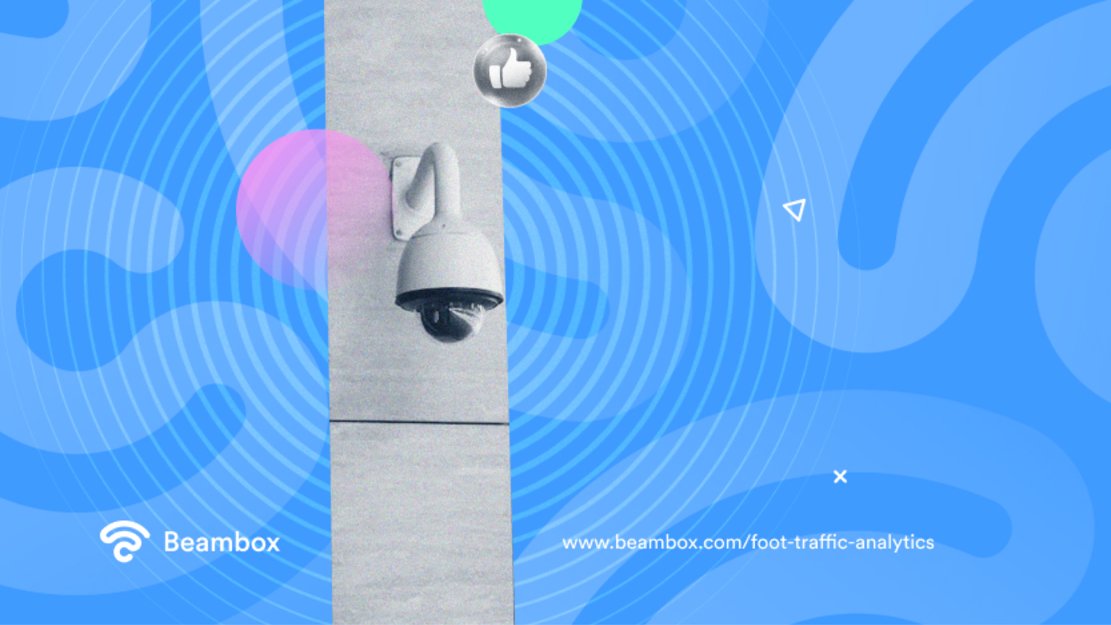
Analyzing foot traffic can provide valuable insights into business areas beyond just marketing. Here are other areas where foot traffic analytics are useful to business owners:
-
Store Operations: Foot traffic data helps store managers monitor customer flow and detect bottlenecks. The changes they make to the store layout improve the flow of customers and reduce wait times.
-
Employee Scheduling: Managers can find out when their store is the busiest during the day and week. This information helps plan staff schedules efficiently and ensure enough employees during peak hours for adequate coverage.
-
Customer Insights: Foot traffic data provides insight into customer behavior and shopping habits. This information improves the shopping experience and makes the store more attractive to customers.
-
Inventory Management: Analytics aids in determining popular and non-popular products for better inventory and placement decisions.
-
Sales Analysis: You can use foot traffic data to see how it impacts sales. You can spot trends and make smart decisions about your sales and marketing campaign plans.
-
Real Estate Planning: Foot traffic data can assist businesses in assessing the viability of a new location. Analyzing foot traffic patterns informs site selection and location planning decisions.
-
Security and Safety: Foot traffic data identifies security risks and implements safety measures for customers and employees by monitoring customer flow.
-
Performance Measurement: You can use foot traffic data to see how initiatives like customer experience programs or store events are performing.
Overall, foot traffic analytics provides valuable insights beyond marketing. It helps businesses understand customers, improve operations, and enhance customer experience. The right tools and technologies help measure the impact of initiatives and continually improve operations.
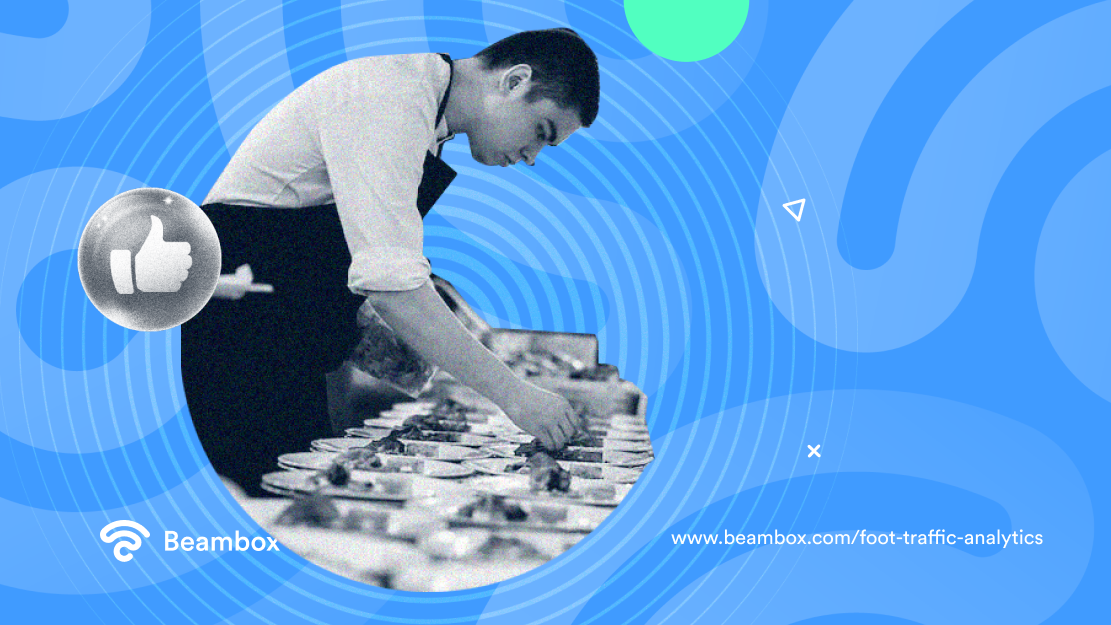
As you can see, understanding foot traffic analytics helps business owners in their marketing plans and other business areas. A WiFi marketing software that drives your analytics activities can help you scale your business needs and grow your revenues.
To leverage WiFi marketing, small business owners need various marketing features. They also need business solutions that help track and record guest traffic and sales conversion rate.
Beambox’s WiFi digital marketing solution can help you get the most out of your foot traffic. You can get reviews, contact lists, and information from your new and loyal customers through your guest WiFi network.
Beambox can help you plan, monitor, and redirect your marketing efforts to grow your business.
Learn more about Beambox and start growing your business now.
Get Started With Free WiFi Marketing
Beambox helps businesses like yours grow with data capture, marketing automation and reputation management.
Sign up for 30 days free